Feni, Sep 05 (V7N) - In Parshuram, recent severe flooding has caused breaches in embankments along the Muhuri, Kahuya, and Sylonya rivers, affecting at least 14 locations. The sand carried by these breaches has resulted in the destruction of 85% of the Aman paddy fields and has filled many agricultural lands, rendering them unsuitable for farming. Landowners affected by this sediment are now anxious and questioning whether they are allowed to remove the sand from their fields.
In July and August, three major floods impacted the Mirzangor, Chitholia, Boxmahmud unions, and Parshuram municipality. The most recent flood, on August 20, caused by runoff from the Indian hills, inundated Parshuram under 8 to 15 feet of water. The breaches occurred in 14 spots: 5 along the Sylonya River embankment, 7 along the Muhuri River embankment, and 2 along the Kahuya River embankment. These breaches allowed strong currents to deposit sand, covering approximately 1,500 hectares of land, with some areas accumulating up to 5 feet of sand.
According to the Upazila Agriculture Office, the target for Aman paddy cultivation this season was 5,860 hectares, of which 4,829 hectares were planted. However, the floods ruined 4,105 hectares of this land, nearly 85% of the planted area, which has been filled with sediment. Several ponds have also been silted. Locals report that the majority of fields have become unsuitable for cultivation due to the sand.
Zahirul Islam from North Kautoli village in Mirzangor Union mentioned that sand from breaches in the Muhuri River embankment has filled most of his village's fields. The crops are buried under several feet of sand, and he is unsure if he can remove the sand from his land.
Sohag Bhuiyan from East Alka village in Chitholia Union noted that sand has accumulated up to 4-5 feet on all fields, and he believes that the landowner should be able to clear it.
Farmer Zafar Ahmed from Rangamatia village said that he had leased 3 kanis of land for cultivation, but now all the fields are covered with sand and have become unusable. He is surviving on aid and is uncertain about his future.
Acting Upazila Agriculture Officer Mohammad Sifat Hasan stated that 85% of the crops have been destroyed. New seedlings or seedbeds will need to be prepared for Aman cultivation. However, if the sand is not removed quickly, farming will not be possible, and farmers will continue to suffer.
What Does the 'Sand and Soil Management (Amendment) Act, 2023' Say?
Under Section 7(k) of the 'Sand and Soil Management (Amendment) Act, 2023,' individuals are prohibited from extracting sand or soil from privately owned land if:
The land is agricultural.
The extraction is for commercial purposes.
It results in the loss of fertile topsoil.
It harms the environment, ecosystems, or biodiversity.
It involves dredging or other methods that could damage the land or surrounding areas.
However, a person may extract a limited amount of sand or soil from their own land for the construction of a residence or personal use, provided they obtain permission from the relevant Upazila Executive Officer.
Assistant Commissioner (Land) Mohammad Mafuzur Rahman of Parshuram Upazila confirmed that, given the flood-induced sand accumulation on farmers' land, it must be removed to restore the land's suitability for cultivation. Since the land belongs to the farmers, they are permitted to remove the sand to make their fields cultivable again.
END/MKB/SMA/



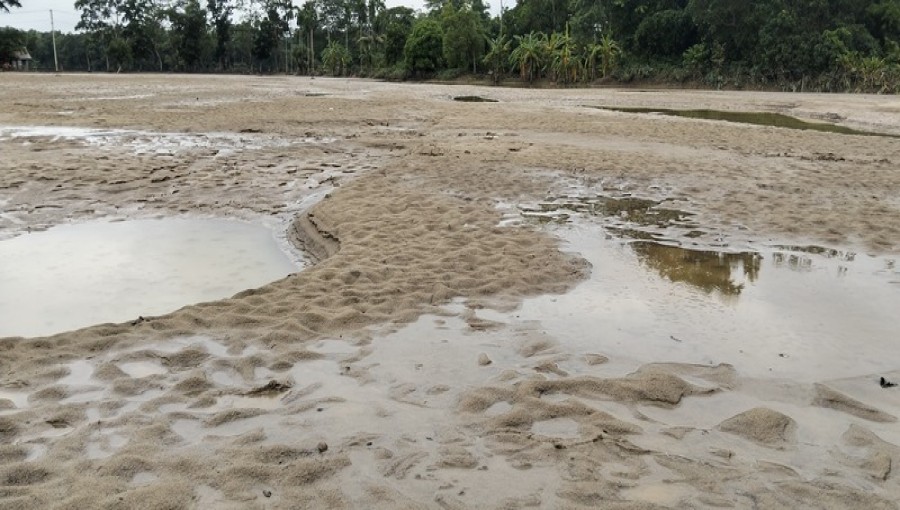
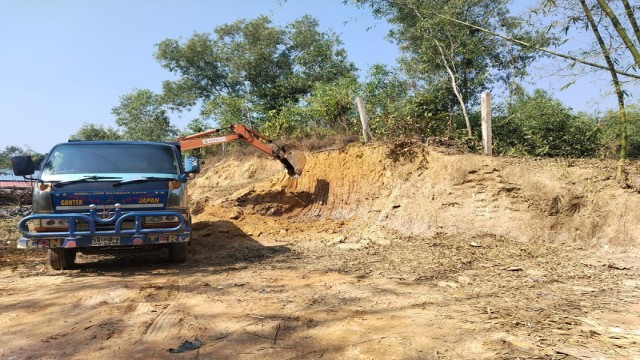


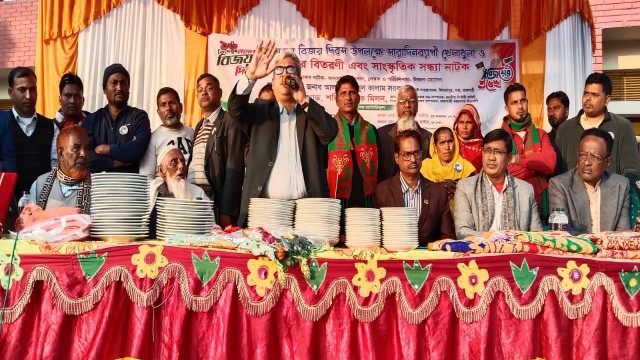





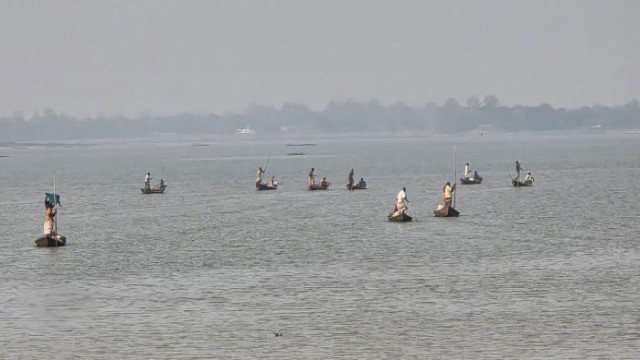










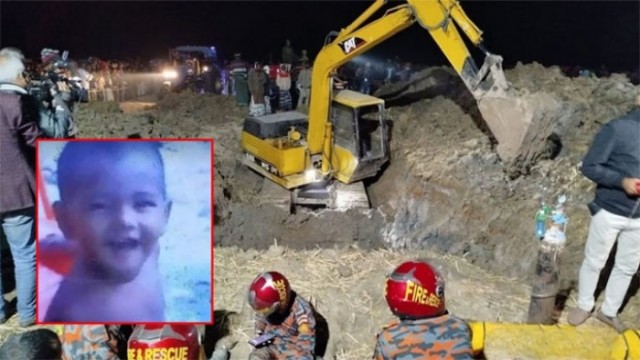

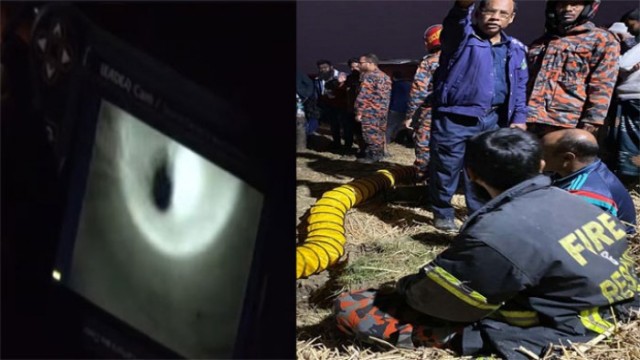




Comment: